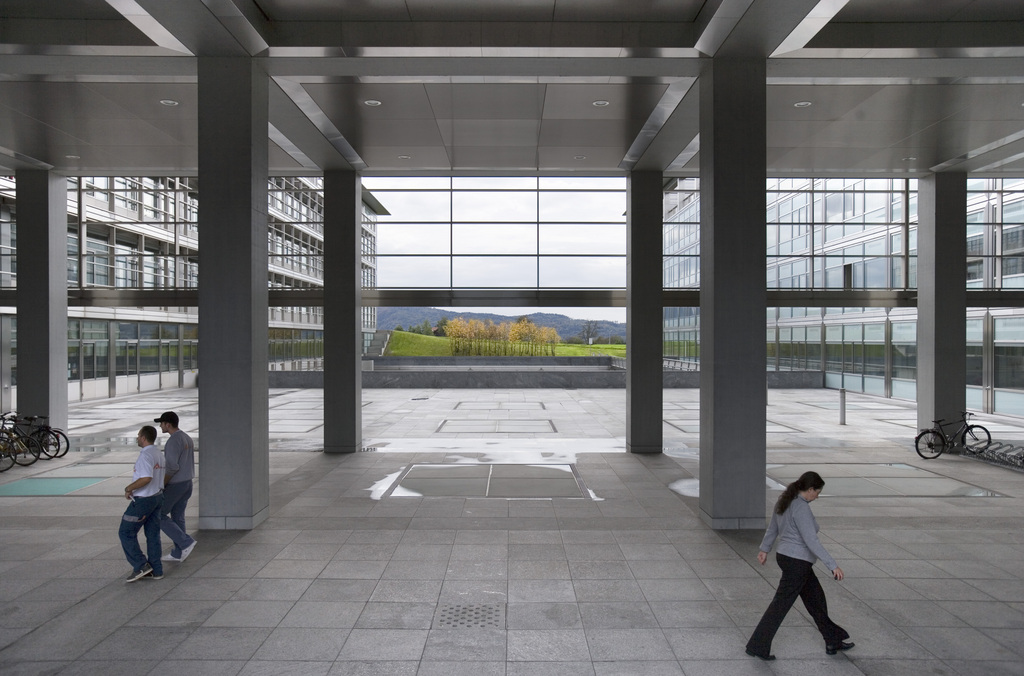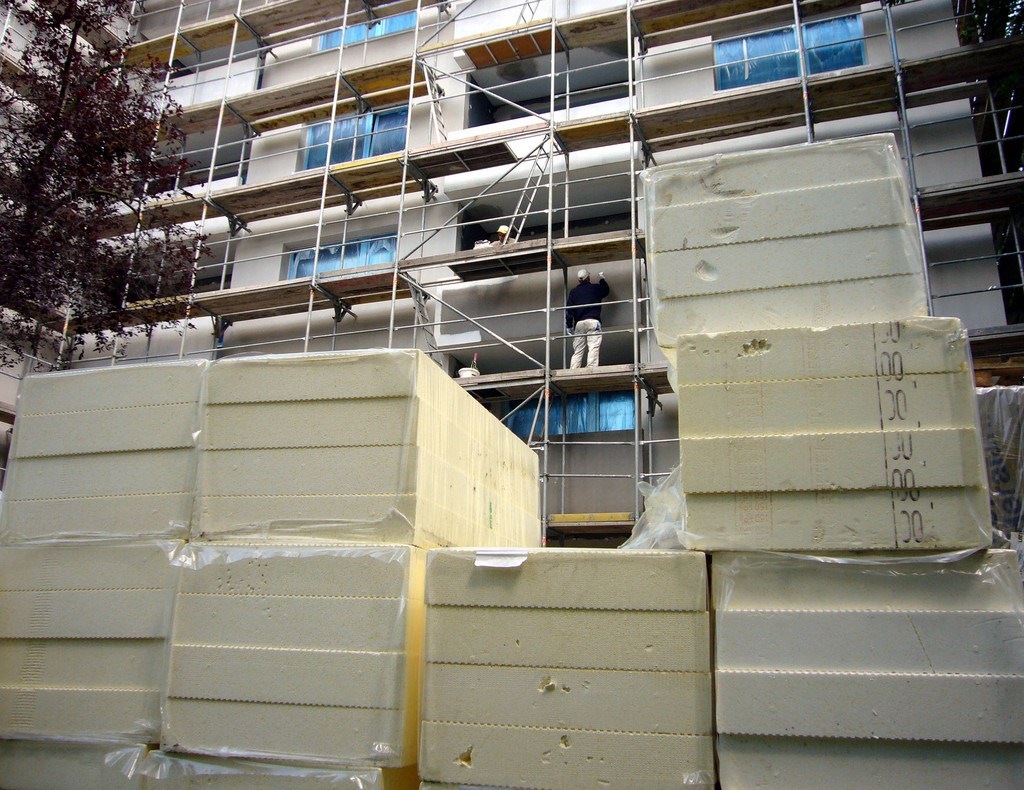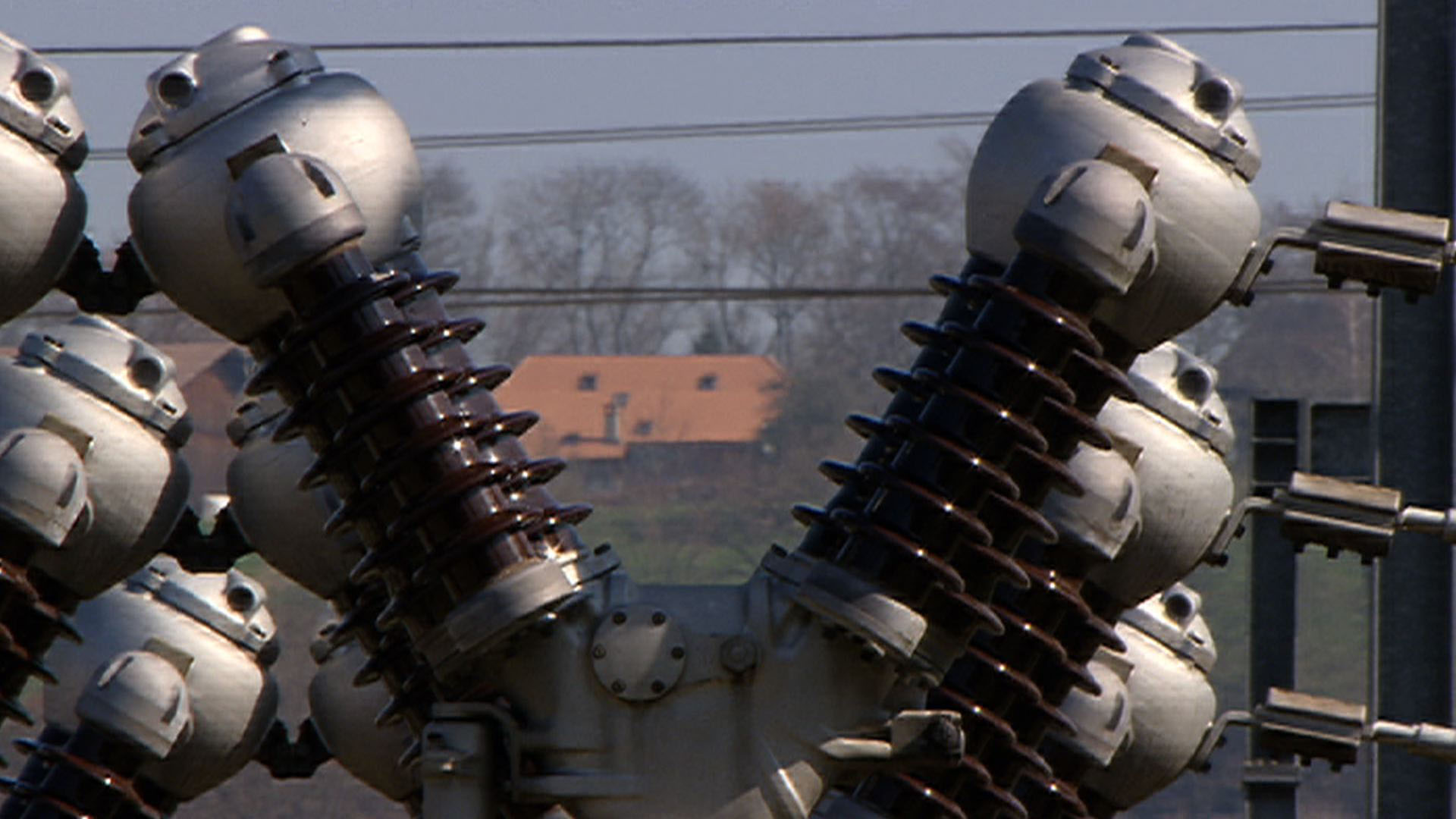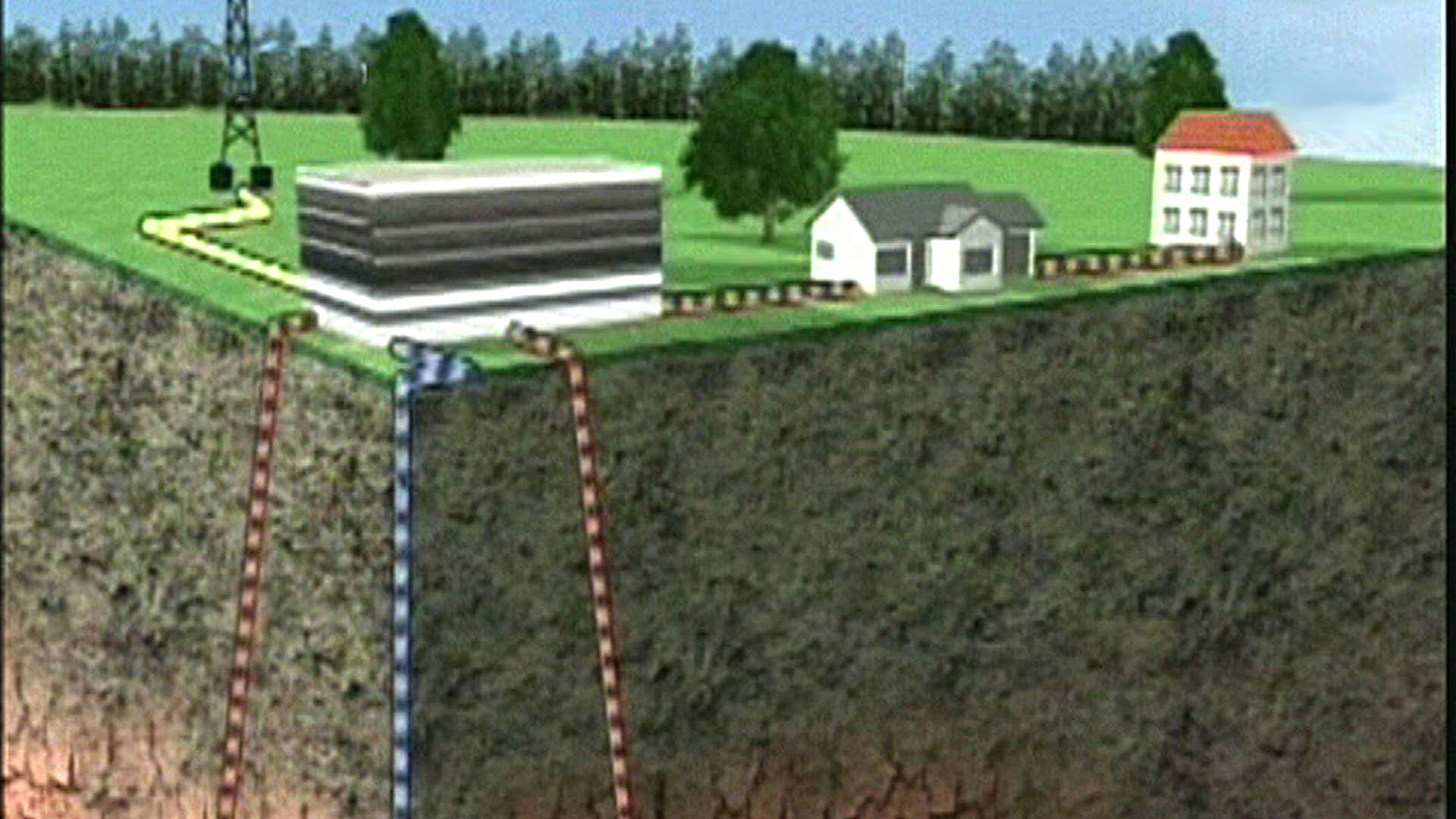Warm in winter, thanks to summer heat

A whiff of science fiction surrounds the entire idea: storing excess summer heat deep in the earth, only to retrieve it in the cold of winter. But researchers in Zurich have developed a revolutionary system that does just that.
By 2025, the Federal Institute of Technology (ETH) expect their sprawling Campus Science City complex to be practically CO2 emission free. Thermal insulation, long a mainstay of energy conservation, is expendable.
The pioneering project has solved the riddle of reusing heat, very simply put, with the aid of a water circulation and underground storage system.
In summer excess heat is stored 200 metres under the earth’s surface via a circulating water system, instead of being air-conditioned and released into the surrounding air, and thus lost for future use.
In winter the heat is pumped up again through the same water circulation system. Since the excess heat is stored in cool ground, electrically-driven heat pumps are used to help raise the temperature high enough to heat the campus buildings.
Because the water is cool, in the summer it can be used for air-conditioning.
Savings: a cool million per year
“I am fascinated by the fact that sustainability is possible using only the sun, and that the earth provides the means of storing energy seasonally,” Hansjürg Leibundgut, professor of building services at ETH, told swissinfo.ch.
Liebundgut would like to successively reduce annual CO2 emission at the campus to a minimum by 2025, replacing oil with energy from the underground storage system. The proportion of electricity for heating and cooling is expected to be ten per cent by 2025. That puts ETH – almost as a side-effect – in the enviable position of being able to save about SFr1 million per year in energy costs.
Leibundgut categorically rejects the term “geothermal” to describe this process.
“Geothermal would mean we are using the flow of energy from the earth’s core, which is not the case. We use solar energy, because ultimately any form of energy – excepting uranium but including oil, wind, or water power – is, ultimately, solar energy.”
With the exception of the electricity used for the operation of the heat pump, the ETH system does without traditional energy efficiency measures such as building insulation or heat recovery that are characteristic of Minergie buildings, for example.
“Previously, people heated the air with a fireplace and opened the windows to let air out. In the course of our energy conservation measures we said we needed to recover that heat. But if I do not need to save oil, because I do not use oil, then I can also dispense with the need to recover heat from the outgoing air,” said Leibundgut.
As the underground storage system can absorb excess summer heat only if the water is cooled in winter, using thermal insulation – which boosts energy efficiency in winter – would be counterproductive.
The ETH Campus Science City, also known as Hönggerberg, is a collection of buildings mostly constructed between 1970 and 1995. ETH started to build a ground storage network and refurbish the buildings in 2006.
A significant advantage of the project from the outset was that all of the buildings share a central heating plant, meaning that the buildings were already connected by passageways under the earth large enough for vehicles to pass through. Thus, it was relatively easy to build the water pipes running between the buildings for the new system.
When finished, the 800 interlinked ground probes will replace the energy of about 1500 tons of oil annually. About 230 of the probes have already been laid. The system has been operating since April and is connected to the buildings that have been renovated thus far.
Easier than sewers
Leibundgut and several of his colleagues at ETH’s department of architecture see the new underground storage system as an alternative to the various Minergie standards. For instance, it is not possible to adhere to Minergie standards in older buildings with facades under conservation protection, whereas with new buildings, it limits architectural creativity.
A large bank has renovated a residential building in Zurich built in 1995 along the lines of the ETH campus model. Geothermal probes were installed in the courtyard of the buildings, which have 55 apartments.
On the roof a hybrid solar power system was built for the provision of electricity and hot water.
The goal of reducing CO2 emissions to a minimum has been achieved without mounting thermal barrier panels on the facades.
“You only see that the façade was repainted and the hybrid collectors on the roof. The old plaster was replaced by a new, insulating plaster of equal thickness,” said Leibundgut.
ETH Zurich decided in 1957 to build a second campus in addition to its buildings located in the centre of Zurich.
Hönggerberg was selected as the site, and from 1960 to 2004 new buildings were constructed in three stages.
In addition to the department of architecture, the departments of environmental and geomatic engineering, physics, chemistry, biology, and materials science, among others, are based at Hönggerberg.
The Campus Science City project was launched in 2000, with the aim of building student apartments.
The 22 buildings at Hönggerberg have a total gross floor area of 265,000 square metres.
Previously the campus had used about as much energy as a small town.
(Translated from German by Kathleen Peters)

In compliance with the JTI standards
More: SWI swissinfo.ch certified by the Journalism Trust Initiative



You can find an overview of ongoing debates with our journalists here. Please join us!
If you want to start a conversation about a topic raised in this article or want to report factual errors, email us at english@swissinfo.ch.